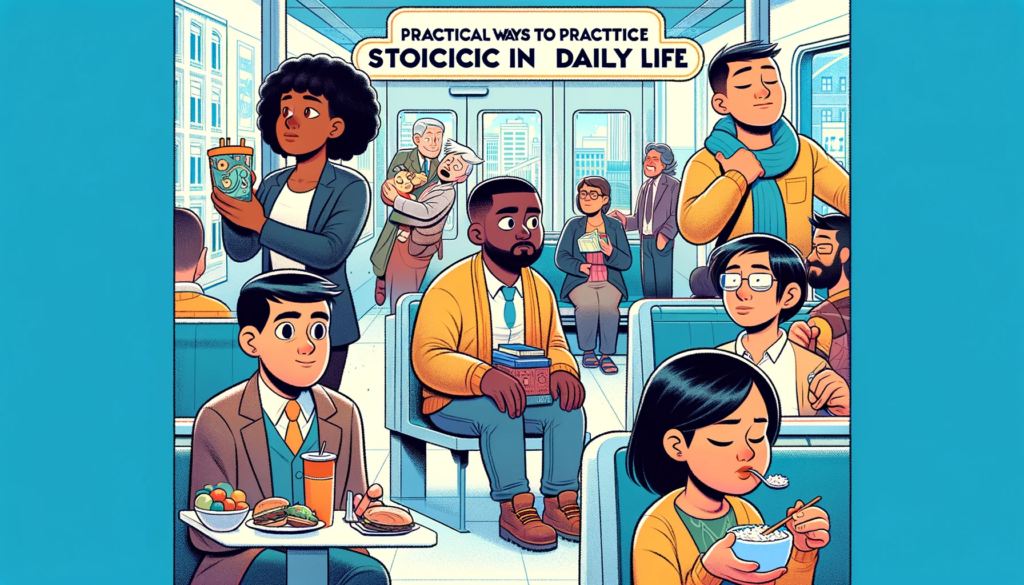
Change, whether in life or in the workplace, is never easy, especially when we don’t feel in control. But here’s the secret: you don’t have to be in a position of authority to create powerful change. You can spark it from within your team and environment, influencing not just the people around you but even your boss. It starts with small, intentional actions that create a ripple effect—what Simon Sinek refers to as “a pocket of magic.”
Here’s how to create that magic and spark lasting change in your environment.
Focus on the Behavior Around You
Often, we wait for someone at the top to drive change, especially in professional settings. But real change doesn’t always start from the top. It begins right where you are—by focusing on your team, the people beside you, and yes, even your boss.
When you actively shape the behavior in your immediate environment, you influence how your peers act, think, and respond. Your small, consistent actions create a pocket of magic—a space where positivity, creativity, and progress thrive.
Here’s how you can start:
- Model the Behavior You Want to See: Want a more collaborative and open team? Start by being more collaborative and open yourself. When you actively listen, share ideas freely, and offer help, others will begin to mirror that behavior.
- Build Trust and Transparency: Whether it’s through one-on-one conversations or team discussions, being open about challenges and triumphs creates a safe space for others to do the same. This builds a foundation of trust, which is crucial for change.
- Celebrate Small Wins: Every step toward change, no matter how small, is progress. Recognize and celebrate the efforts of your team. This positive reinforcement encourages others to stay on track.
Focusing on the people around you is key. Change doesn’t happen in isolation—it’s a collective effort. When your team sees your behavior, they’ll begin to align with that energy, sparking their own transformations.
Create Magical Ripples of Change
Once you’ve created this pocket of magic in your immediate environment, the next step is to extend its influence. It’s about creating ripples that move outward, touching others beyond your immediate circle. These ripples of change are subtle but powerful, and they can reach far and wide if sustained.
Here’s where Simon Sinek’s law of diffusion comes into play. According to Sinek, you don’t need to convince everyone to get on board with your vision. In fact, only 15-18% of people need to embrace the change before you reach a tipping point. At this point, the change gains momentum and spreads more naturally to the rest of the organization or team.
Here’s how to amplify those magical ripples:
- Engage Early Adopters: Focus on the people who are naturally open to new ideas or who already align with your vision for change. These early adopters are essential because they help spread the message. Once they’re on board, they’ll influence others, extending your reach.
- Inspire Through Action: People are more likely to embrace change when they see it in action rather than just hearing about it. Show them how the change works in real time. For example, if you’re advocating for more transparency in team meetings, model this by openly sharing information or ideas in your own meetings. Actions inspire more than words.
- Let Go of Control: Once your ripples start, let go of the need to control every aspect of the change. Trust that the energy you’ve created will continue to spread and adapt in ways you might not expect. Allow others to take ownership of the change, and watch how they make it their own.
Reaching the Tipping Point
As your ripples of magic continue, you’ll eventually reach a tipping point. This is when enough people—around 15-18%, according to the law of diffusion—embrace the change, causing a shift in the wider team or environment. The momentum becomes unstoppable, and the change feels almost inevitable.
At this stage, the most important thing is to maintain the culture of openness, trust, and consistency that you’ve built. The tipping point is a fragile moment—it’s when the change is still taking root but hasn’t yet fully integrated into the fabric of your environment. Continue reinforcing the behaviors that sparked the change, and encourage others to do the same.
Pocket of Magic: A Sustainable Change
Creating this pocket of magic isn’t about short-term gains or temporary wins. It’s about creating an environment where positive change is sustainable, where people feel empowered to contribute, and where progress becomes part of the team’s DNA.
What starts as a small pocket of magic can expand, reaching beyond your team to the entire organization. You might influence how your boss approaches decision-making, or how different departments collaborate. But remember, it starts with you—your behavior, your commitment, and your belief in the change you want to create.
Conclusion: Change Starts With Us
Creating meaningful change doesn’t require a title or position of authority. It requires consistency, influence, and a clear understanding of how change spreads through human behavior. By focusing on your immediate team and environment, you can create ripples of positive change that extend far beyond what you might expect.
When 15-18% of people embrace that change, a tipping point is reached—and suddenly, what once felt difficult or impossible becomes the new norm.
So, start today. Create your pocket of magic, nurture it with small actions, and watch as it grows, influencing not just the people beside you, but the entire system. The power to change is already in your hands.










